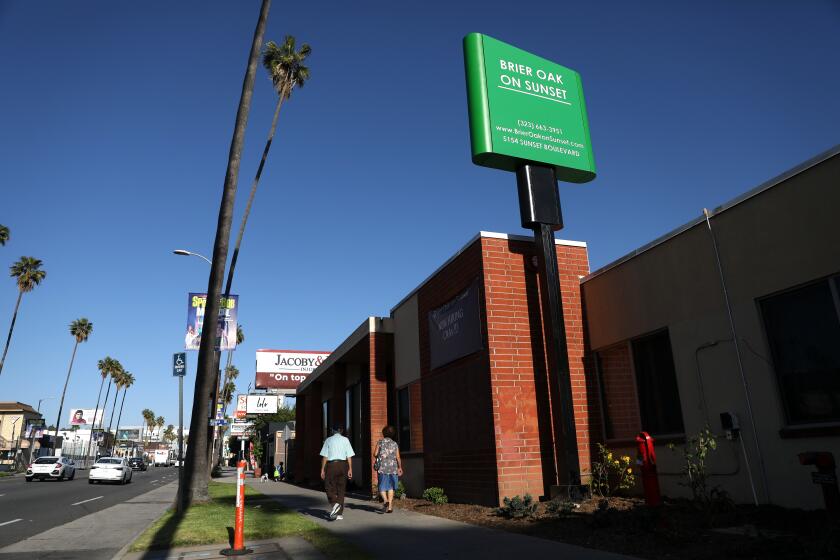Extra hour in fall adds up to years, heart study says
- Share via
Turning your clock back one hour for the end of daylight saving time could do your own ticker some good.
Researchers have found a 5% drop in heart attack deaths and hospitalizations the day after clocks are reset each year to standard time, according to a study published today in the New England Journal of Medicine.
(In the U.S. this year, daylight saving time ends Sunday.)
Unfortunately, the Swedish researchers also found that the onset of daylight saving time in the spring appears to increase the risk of heart attacks.
Physicians can now add daylight saving time to the list of seemingly mundane events that have an effect on the heart, said Dr. Ralph Brindis, a vice president of the American College of Cardiology who practices in Oakland. The risk also rises on holidays and anniversaries, though no one knows why, he said.
“This study is fascinating,” Brindis said.
The culprit is probably sleep. Scientists have known that sleep deprivation is bad for the heart -- the body responds by boosting blood pressure, heart rate and the tendency to form dangerous clots -- but they didn’t realize a single hour could have a measurable effect.
More than 1.5 billion people around the world change their clocks twice a year to make the most of the available sunlight. William Willett, a British builder, proposed the idea in 1905 after watching Londoners sleep through so many perfectly good hours of morning sunshine. (He also complained that his afternoon golf games were cut short by an unnecessarily early dusk.) The idea gained traction in 1916 as World War I turned coal into a precious resource.
As they were setting their clocks ahead last March, two Stockholm-based epidemiologists who study the relationship between heart attacks and sleep decided to investigate the effect of moving into and out of daylight saving time.
Dr. Imre Janszky of the Karolinska Institute and Dr. Rickard Ljung of Sweden’s National Board of Health and Welfare examined data from a catalog of all heart attacks in Sweden that resulted in hospitalization or death.
The researchers counted the number of heart attacks on the seven days after clocks were changed from 1987 to 2006. They also looked up the number of heart attacks a few weeks before and after each of those days, calculated the average and made a comparison.
The researchers found the typical number of heart attacks on an autumn Monday was 2,140, but that fell to an average of 2,038 on the Monday after daylight saving time ended -- a 5% decline. The rate also dipped on five of the other six days of the week, though none of those drops was large enough to be considered statistically significant.
In the spring, the number of heart attacks spiked on the Monday, Tuesday and Wednesday after daylight saving time began. The increases ranged from 6% to 10%.
But Dr. Martha L. Daviglus, a professor of preventive medicine at Northwestern University’s Feinberg School of Medicine in Chicago, cautioned that it was frivolous to worry much about daylight saving time when so many people still fail to address the basics, such as smoking and overeating.
“Ninety-nine percent of the people that die of myocardial infarctions, they have risk factors for cardiovascular disease,” she said. “Changing the clock, in my opinion, is nothing compared to the major risk factors.”
--







